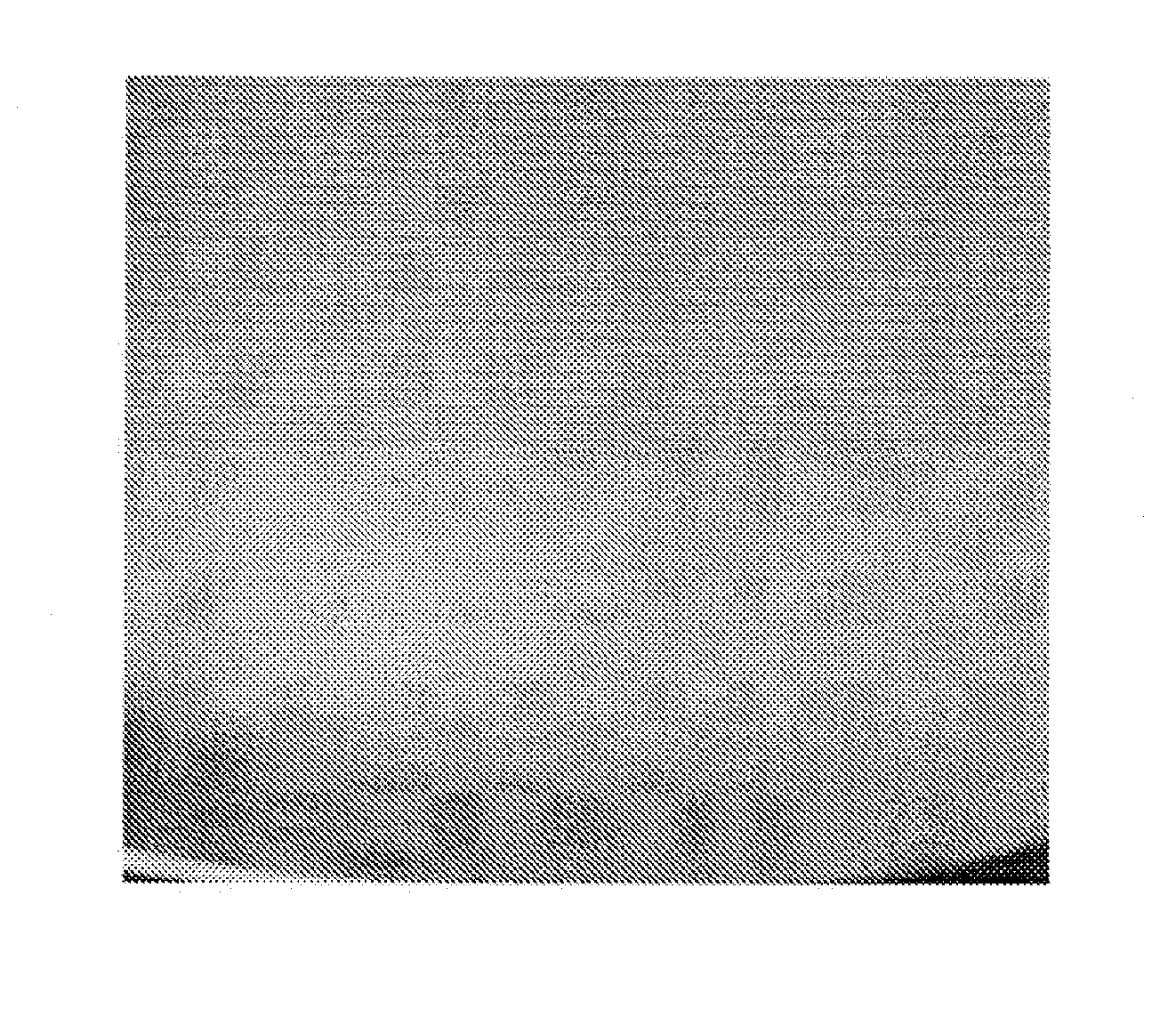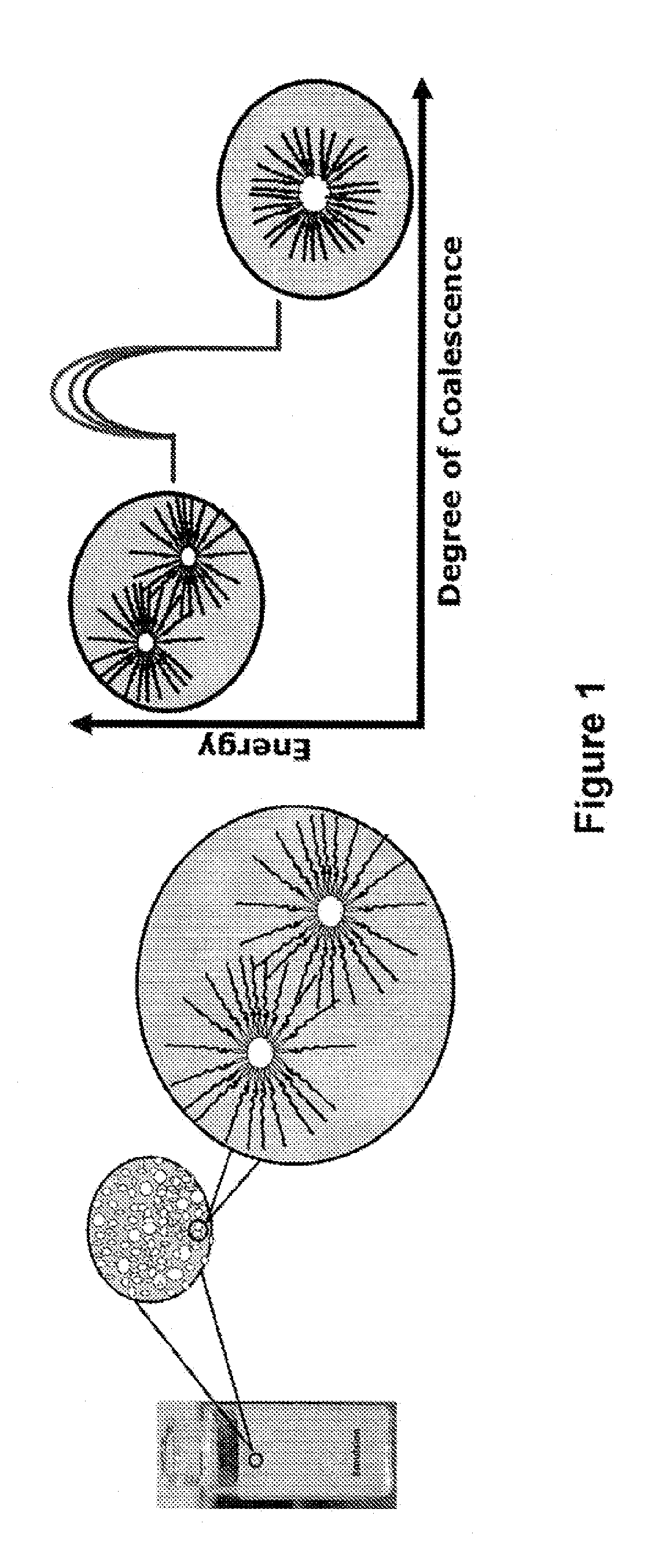Coalescence media for separation of water-hydrocarbon emulsions
- Summary
- Abstract
- Description
- Claims
- Application Information
AI Technical Summary
Benefits of technology
Problems solved by technology
Method used
Image
Examples
example 1
Single Layer
[0162]70.8% virgin Softwood Kraft fiber
[0163]28.5% fibrillated Lyocell
[0164]0.5% polyamide-epichlorohydrin (PAE) resin wet strength additive
[0165]0.2% polyacrylamide dry strength additive
example 2
Single Layer
[0166]30.0% B-Glass 0.65 micron diameter
[0167]49.0% virgin Softwook Kraft fiber
[0168]20.3% fibrillated Lyocell
[0169]0.5% polyamide-epichlorohydrin (PAE) resin wet strength additive
[0170]0.2% polyacrylamide dry strength additive
example 3
Single Layer
[0171]67.00% Disruptor™ fiber
[0172]23.00% virgin Softwook Kraft fiber
[0173]9.70% fibrillated Lyocell
[0174]0.15% polyamide-epichlorohydrin (PAE) resin wet strength additive
[0175]0.15% polyacrylamide dry strength additive
PUM
| Property | Measurement | Unit |
|---|---|---|
| Fraction | aaaaa | aaaaa |
| Fraction | aaaaa | aaaaa |
| Fraction | aaaaa | aaaaa |
Abstract
Description
Claims
Application Information
 Login to View More
Login to View More - R&D
- Intellectual Property
- Life Sciences
- Materials
- Tech Scout
- Unparalleled Data Quality
- Higher Quality Content
- 60% Fewer Hallucinations
Browse by: Latest US Patents, China's latest patents, Technical Efficacy Thesaurus, Application Domain, Technology Topic, Popular Technical Reports.
© 2025 PatSnap. All rights reserved.Legal|Privacy policy|Modern Slavery Act Transparency Statement|Sitemap|About US| Contact US: help@patsnap.com



